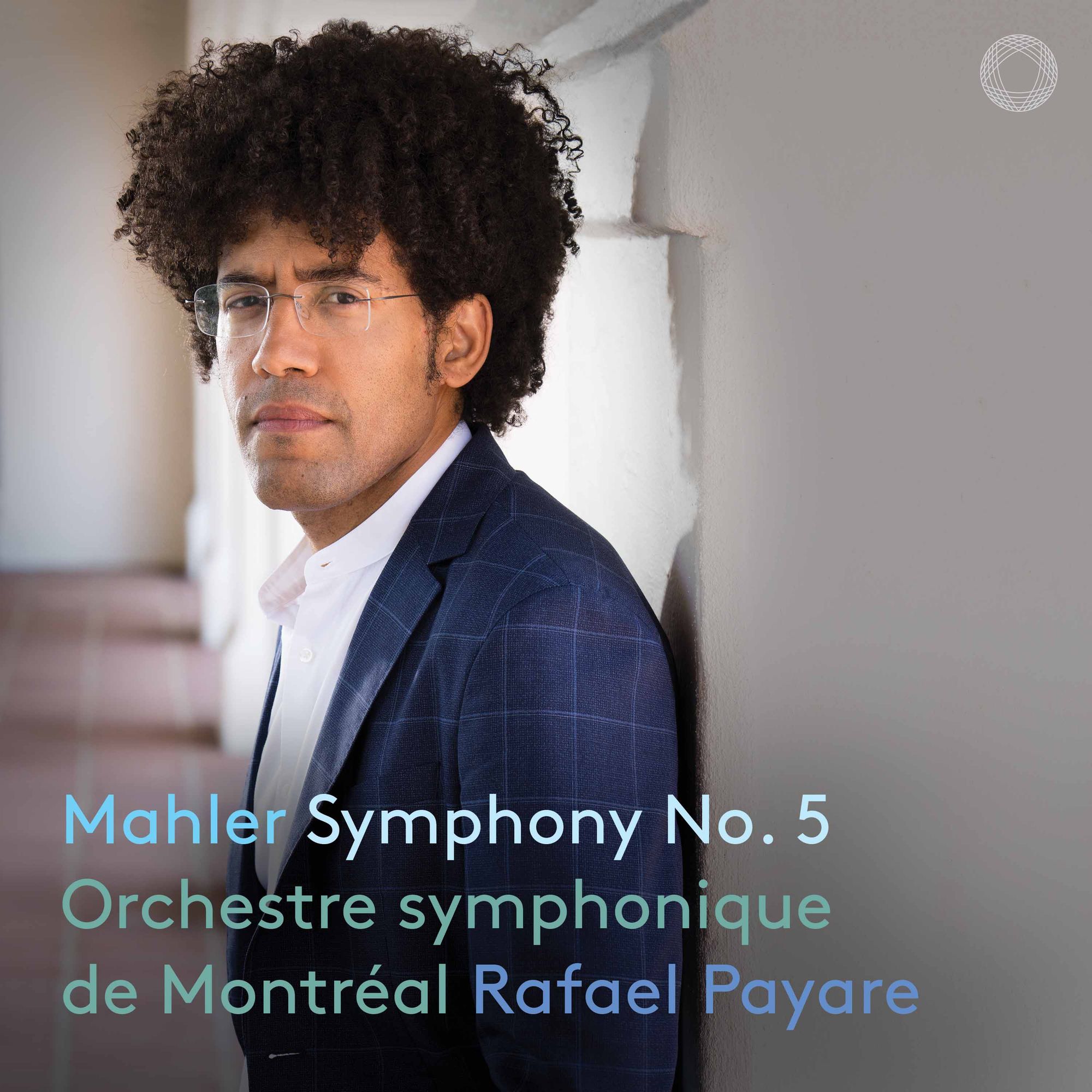Rafael Payare & the OSM in Mahler Symphony No. 5
Payaré is a human dynamo, full of life, and the orchestra clearly loves him

Rafael Payare is set to create miracles in Montréal. His Mahler Second (available on medici.tc) is superb; the concerts I heard in Montréal revealed an orchestra enjoying a new lease of life, as we saw in my reviews here and here.
Small wonder. Payare is a human dynamo, full of life, and the orchestra clearly loves him. That they have embarked on a journey deep into Mahler's symphony is surely cause for celebration.
The first movement is exceptional. Payare’s achievement is that he can integrate Mahler's score so well. he preserved lyricism without adverse and unnecessary slowing in the first movement, allowing the unstoppable rhythm of a the funeral march to continue uninterrupted:
The Montréal players are on fire (not least the trumpets - in particular the principal trumpet, Paul Merkelo); this, coupled with an overarching discipline, is what makes Payare so special.
No doubting the rawness of the second movement opening; and, again, those contrasts are marked and profound. Payare achieves subtleties of phrasing in the violins other coductors can only dream about, a result surely of the Montréal players' excellence and Payare's detailed rehearsal technique. There are moments here that can only be described as giddying:
Perhaps the climaxes of the second moveent are not quite as shattering as, say, Bychkov or Bernstein, but this remains incredibly involving.
The documentation does not explicitly mention the horn player for the obbligato in the central Scherzo, but one assumes it was the Principal, Catherine Turner. This is a miraculous performance on all alevels, with Payare highlighting the adventurous almost modernist aspects of Mahler's writing, and the contrasts he was able to create. The spirit of the dance, too, is here, unmistakably, culminating in an Ivesian riot - Mahler's equivalent to Ravel's La valse, in fact:
... and so to the famous Adagio, here a finely woven, silken tapestry of sound, perfectly judged in terms of balance and tempo:
The sheer exactitude of the string counterpoint in the finale is remarkable -the players are absolutely on point. There are details here I have never heard before - but they are all in the service of an overarching vision.
When I heard Bychkov's Czech Philharmonic version on this very label, I thought it would be difficult to cap. And yet here we are; it is Payare and the Montréal orchestra that just come out top. There is a freshness about it all - we hear the score with an X-Ray vision and yet as if for the first time. Interestingly, both Bychkov/Czech Philharmonic and Payare/Montréal Symphony are relatively new appointments, too. We did, here on Classical Explorer, cover a third Mahler Fifth: a live performance with the Berlin Radio Symphony Orchestra under Vladimir Jurowski.
